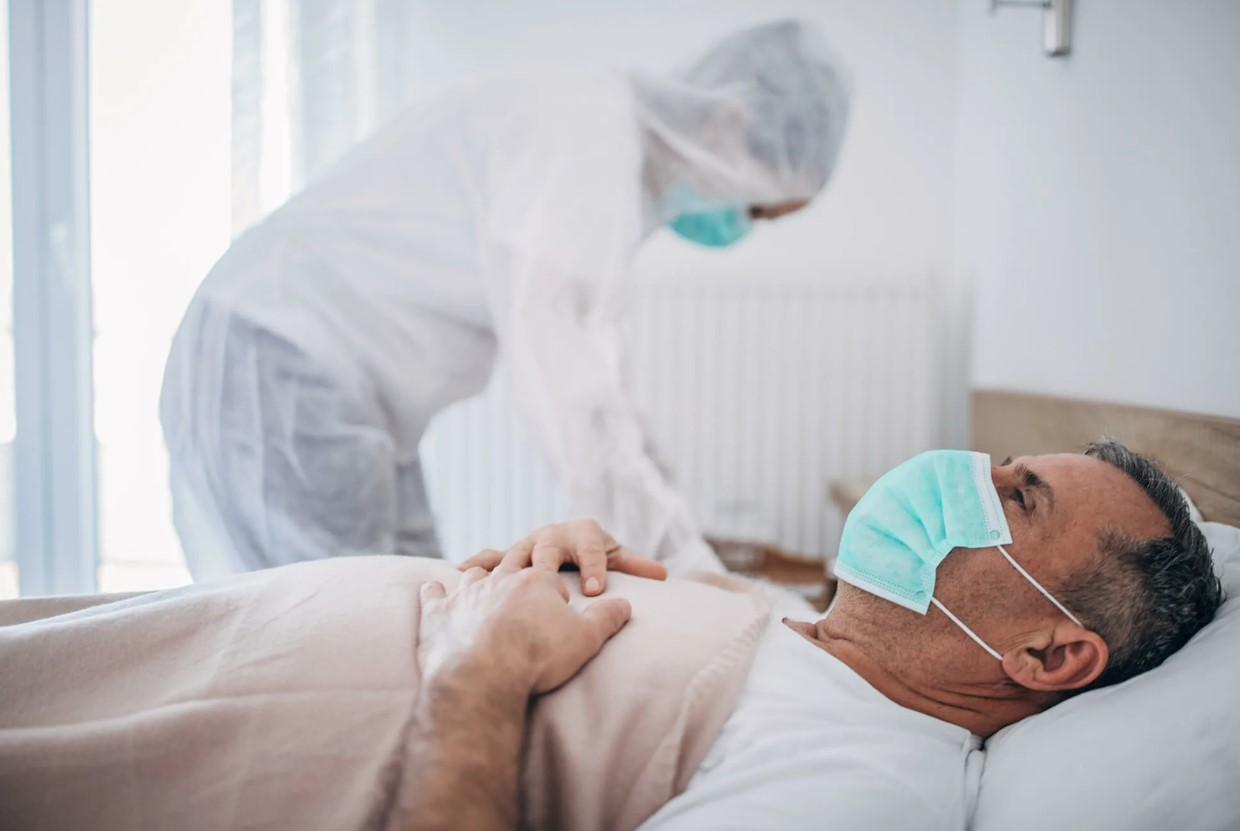After four years of struggling with severe long COVID symptoms like fatigue, pain, and panic attacks, Kenyan businesswoman Wachuka Gichohi is aware that she may never fully recover. Hearing phrases like “Feel better soon” has become especially difficult, as she’s had to accept that recovery might not come. New research now supports the notion that those with prolonged symptoms face diminished recovery odds, with the best chances occurring within the first six months after infection. For patients whose symptoms extend beyond two years, experts warn that a full recovery may be “very slim.”
Studies in the U.S. and U.K. indicate that people with mild initial infections or those who were vaccinated have a better shot at recovery within the first six months. After this period, especially beyond two years, recovery prospects decline significantly, according to Dr. Manoj Sivan, a rehabilitation medicine professor at the University of Leeds. He suggests that “persistent long COVID” should be seen as a chronic condition, similar to diseases like chronic fatigue syndrome or fibromyalgia.
The Waning Global Focus on Long COVID
Long COVID, which involves a range of symptoms from brain fog to joint pain, remains challenging for patients, with no definitive diagnostic tests or treatments available. While there are still advances in understanding risk factors, attention and funding for long COVID research are declining, especially in wealthier countries that initially funded large-scale studies. Patient advocates and researchers have noted that interest and resources for long COVID research have diminished, particularly in low- and middle-income countries where support was scarce to begin with.
Professor Amitava Banerjee of University College London, who is co-leading a study on long COVID treatments, argues that it should be approached as a chronic condition that can be managed rather than cured, similar to heart disease or arthritis.
Personal Experiences: Debilitating Effects and Coping Strategies
Leticia Soares, a 39-year-old researcher from Brazil, has battled with fatigue and chronic pain since contracting COVID in 2020. On good days, she manages to stay out of bed for about five hours. Soares, who is active in long COVID advocacy and research, points out that symptoms may improve temporarily only to return, creating a false sense of recovery. She describes the condition as “profoundly disabling,” requiring constant adjustments to her daily life.
Some patients have found relief through over-the-counter treatments like antihistamines, which a few specialists recommend due to their safety and preliminary evidence of symptom relief. Gichohi, whose doctor initially dismissed her symptoms, turned to a functional medicine practitioner who helped her explore holistic treatments like acupuncture and trauma therapy. She also moved to a quieter area near Mount Kenya to avoid overstimulation and manage her energy levels. Her approach has shifted from actively pursuing recovery to adapting to her condition.
Shannon Turner, a 39-year-old cabaret singer from Philadelphia, also faces ongoing challenges. Already managing autoimmune conditions before her COVID diagnosis, Turner experienced a significant resurgence of symptoms following a recent reinfection, leading to mobility issues that now require a walker. Despite her difficulties, Turner is committed to her music career, saying, “I don’t want to live my life in bed.”
The Road Ahead: Uncertain Outcomes and Long-Term Implications
While some research continues, a lack of global funding and standardized care makes it difficult to address the complexities of long COVID. Dr. Anita Jain, a specialist at the World Health Organization, acknowledges that a piecemeal approach to treatment is likely as scientific understanding progresses. For those enduring long COVID, each COVID wave brings the risk of reinfection, which studies suggest can worsen their symptoms.
With estimates of long COVID cases ranging between 65 million and 200 million worldwide, the condition represents a significant public health challenge. For millions of individuals, the path to recovery remains uncertain, demanding a balanced approach of coping and hope as scientific research evolves.










